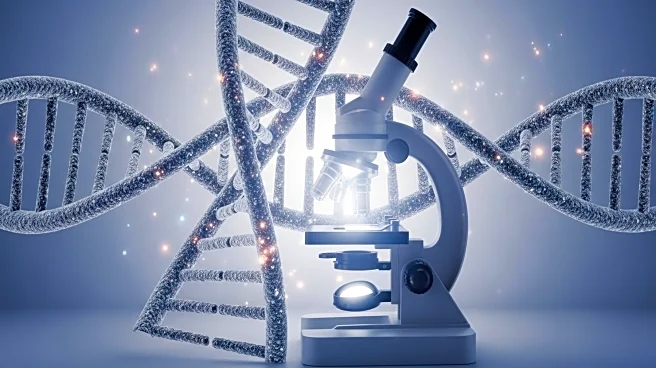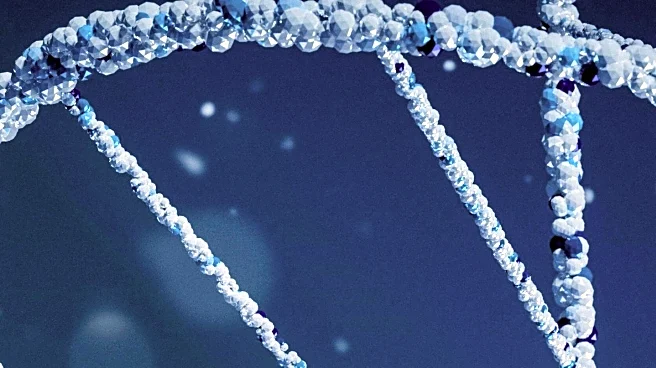What's Happening?
Recent research has uncovered that the fungus Candida albicans, which is part of the human microbiome, can transform from a benign yeast into a pathogenic form under certain conditions. This transformation involves the production of a toxin called candidalysin, which allows the fungus to colonize the oral mucosa without triggering an immune response. The study, published in Nature Microbiology, highlights the dynamic expression of candidalysin as crucial for the fungus's survival and infection capability. Candida albicans uses candidalysin to anchor itself in the mucous membrane, producing it in small quantities to evade immune detection. The research compared two strains of Candida: the aggressive SC5314 strain, which produces large amounts of candidalysin and triggers severe inflammation, and the naturally occurring strain 101, which produces less toxin and remains inconspicuous in the mucous membrane.
Why It's Important?
The findings are significant as they reveal the delicate balance Candida albicans maintains to survive in the human body without being eliminated by the immune system. This balance is crucial for understanding how the fungus can persist as a harmless commensal organism while also having the potential to become a dangerous pathogen, especially in immunocompromised individuals. The study provides insights into the mechanisms of microbial pathogenicity and could inform future treatments for fungal infections. By understanding the regulation of candidalysin expression, researchers can develop strategies to disrupt this balance, potentially leading to new therapeutic approaches for preventing or treating infections caused by Candida albicans.
What's Next?
Further research is likely to focus on the genetic regulation of candidalysin and its role in the pathogenicity of Candida albicans. Scientists may explore how altering the expression of the toxin can affect the fungus's ability to colonize and cause infections. Additionally, there may be investigations into developing antifungal treatments that target candidalysin production or its effects on host cells. Understanding the interaction between Candida albicans and the immune system could also lead to advancements in immunotherapy for fungal infections.
Beyond the Headlines
The study raises ethical and scientific questions about the evolutionary preservation of candidalysin and its role in microbial survival. It highlights the complexity of host-pathogen interactions and the need for a nuanced approach to studying microbial ecology. The research underscores the importance of maintaining a balanced microbiome and the potential consequences of disrupting this balance through medical interventions or environmental changes.












